Forest weavers
| There are small eight-legged artists at work in the fields and forests around us. Most of their work goes unseen as they strive for more function than form in their pieces. However sometimes if the sunlight is just right or there is a heavy dew, one can see their awesome works. Their pieces are meant to be unseen so the arachnids can catch unsuspecting insects and obtain a meal. I like to help the spiders achieve their goals sometimes. When the gnats are swarming, I will attempt to find a web and stand as close as I can to it. It is win-win situation for me and the spider, but not the gnats. I've never been a gnat fan and will never root for their team. However, I do appreciate what they provide in terms of food for the spiders, birds and other wildlife. One of the type of webs that I photograph the most are the ones spun by spiny orb weavers. They are not very big, perhaps the size of a pencil eraser — or for you younger folks — the size of an earbud cover. |
| These tiny spiders proved very hard to photograph especially when there was a slight breeze. I must have taken 100 or more photos as my subjects moved back and forth and in and out of focus. Of course while I was taking photos, several webs were destroyed by my not-so-helpful posse. Apparently if I am distracted by something, it must be of canine or caprine interest. My band of homewreckers probably took down at least half a dozen webs that day. A quick internet search revealed that there are several types of webs made by different types of spiders. There are orb webs, tangle webs, sheet webs and funnel webs. The orb webs are the ones that are most recognizable as they feature a wagon wheel like design with connected spokes. A 2015 post by Alison Hawkes titled "Learn How to Recognize a Spider By Its Web" on baynature.org, provided a description of the make up of an orb web. "The web consists of a durable silk frame made up of the outer bridge lines with internal anchor lines that are pulled downward to create spokes. An elastic capture thread is then used to make the spiral lines that connect the spokes together ...", Hawkes posted. Tangle webs unlike orb webs can appear a little disorganized and are the more abstract of certain spiders' artwork. "Tangled webs are often referred to as cob webs and do not have a definable pattern to them," wrote Katrina Arthurs in an article titled "How to Identify a Spider by Web Pattern" on sciencing.com. Hawkes also mentioned the purpose of tangle webs. She posted that "tangled webs are intentionally designed to be a jumble of threads, anchored to the corner of a ceiling or some other support beam — what better way to entangle an unsuspecting ant or cricket." Sheet webs are often easy to spot after a heavy morning dew. They are low to the ground and are sometimes constructed in the grass of yards and fields. "Look for a thin flat sheet of web. Sheet web spiders will hang upside down underneath the web and wait for prey to be caught in the web," Arthurs wrote in her post. Funnel webs also employ sheets of webbing for construction. However, these will have a funnel shaped opening for the spider to exit and enter. Arthurs posted that "funnel webs are the most common type of web. Over 300 species of spider use funnel webs. " A couple of different websites mentioned woolly or triangle webs. Woolly webs or triangle webs are described as using a sticky substance to snare prey. The spiders silk can actually appear fuzzy. No matter the type of web, I'm sure myself and my gang have unintentionally destroyed quite a few. There's nothing like and early morning walk with a face full of web and dead insects. |
That's just the nature of things 'round here.
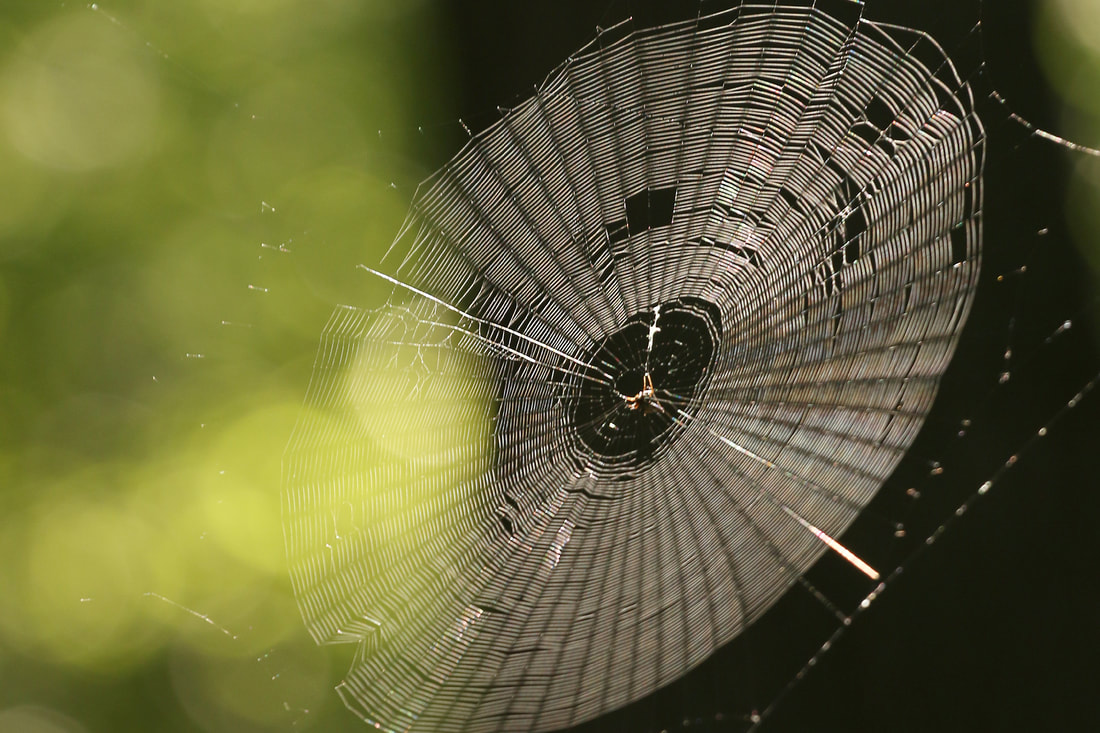
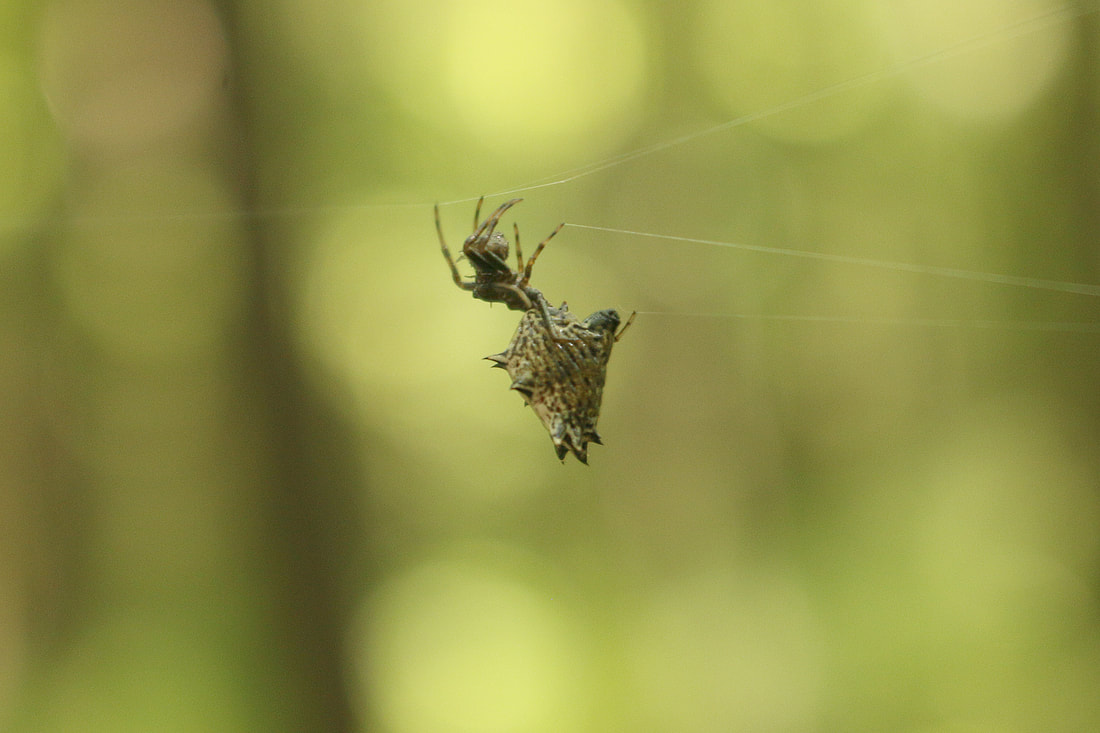
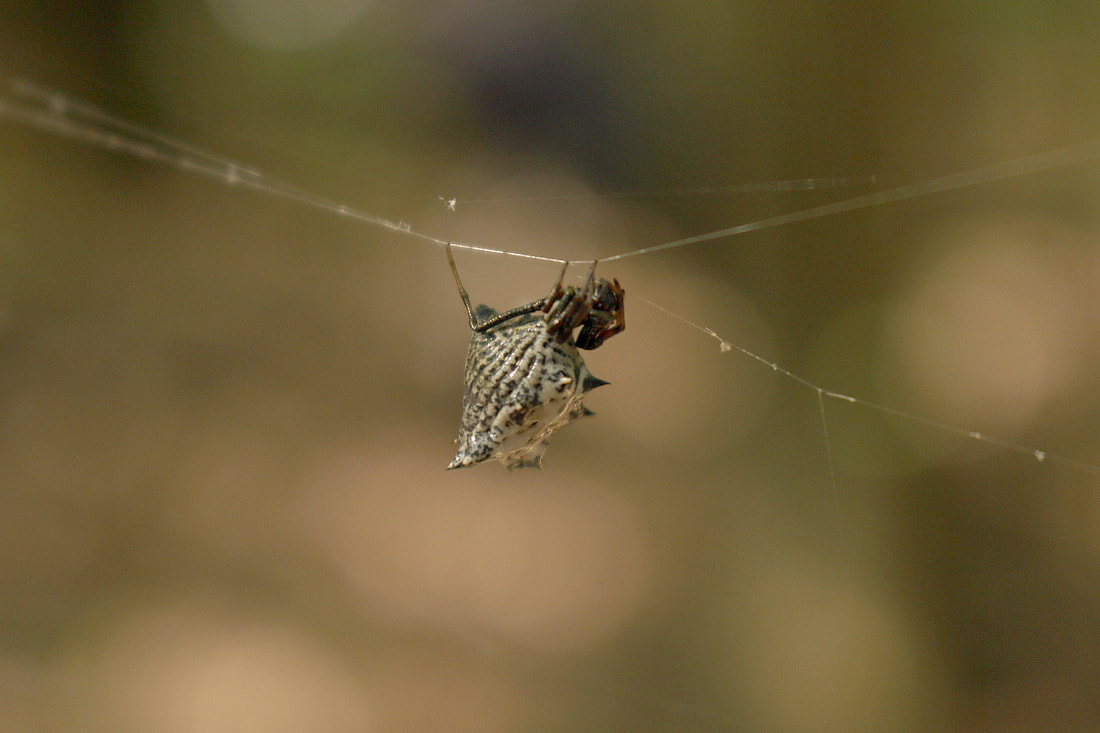
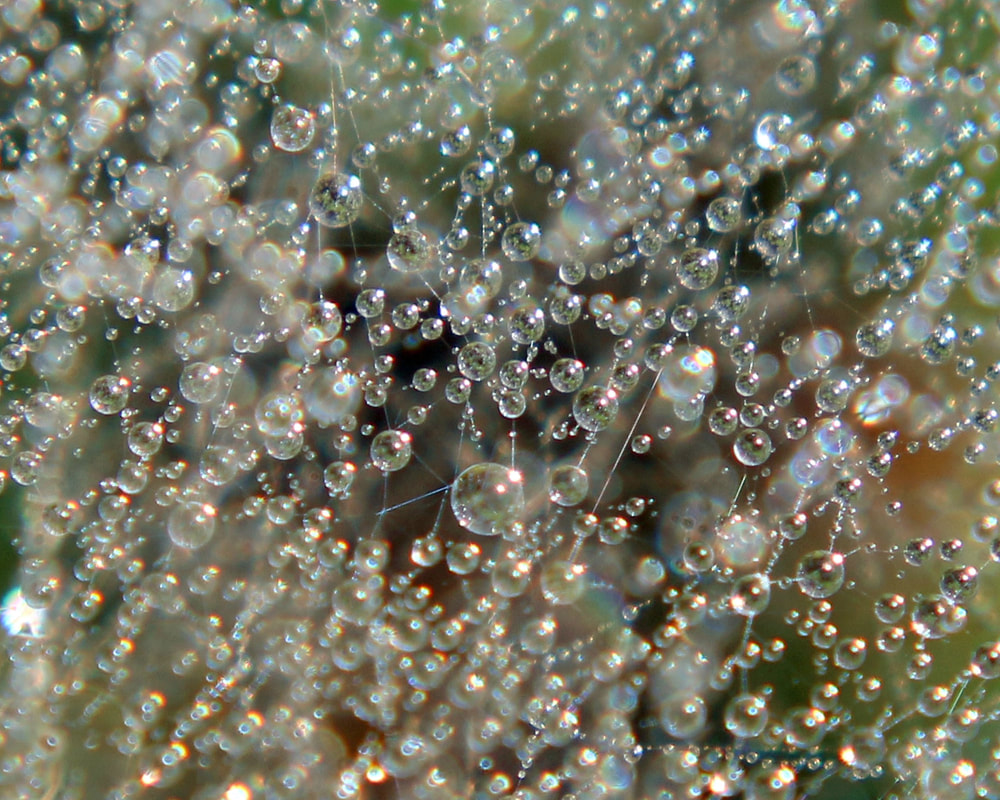
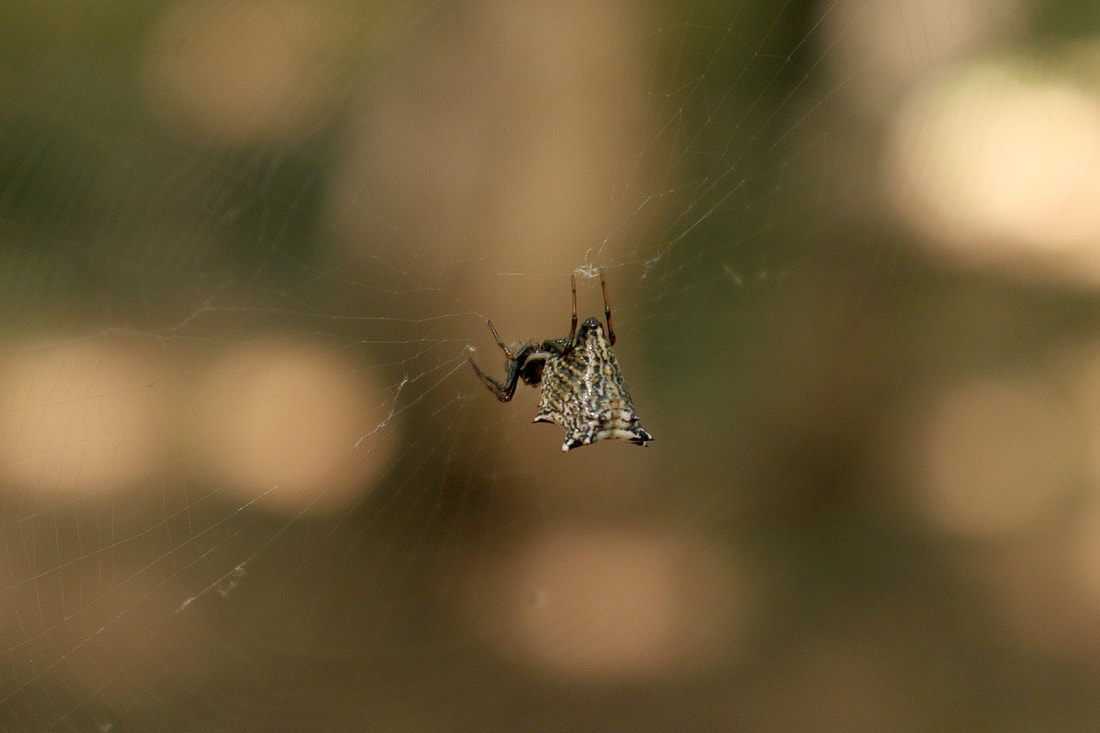
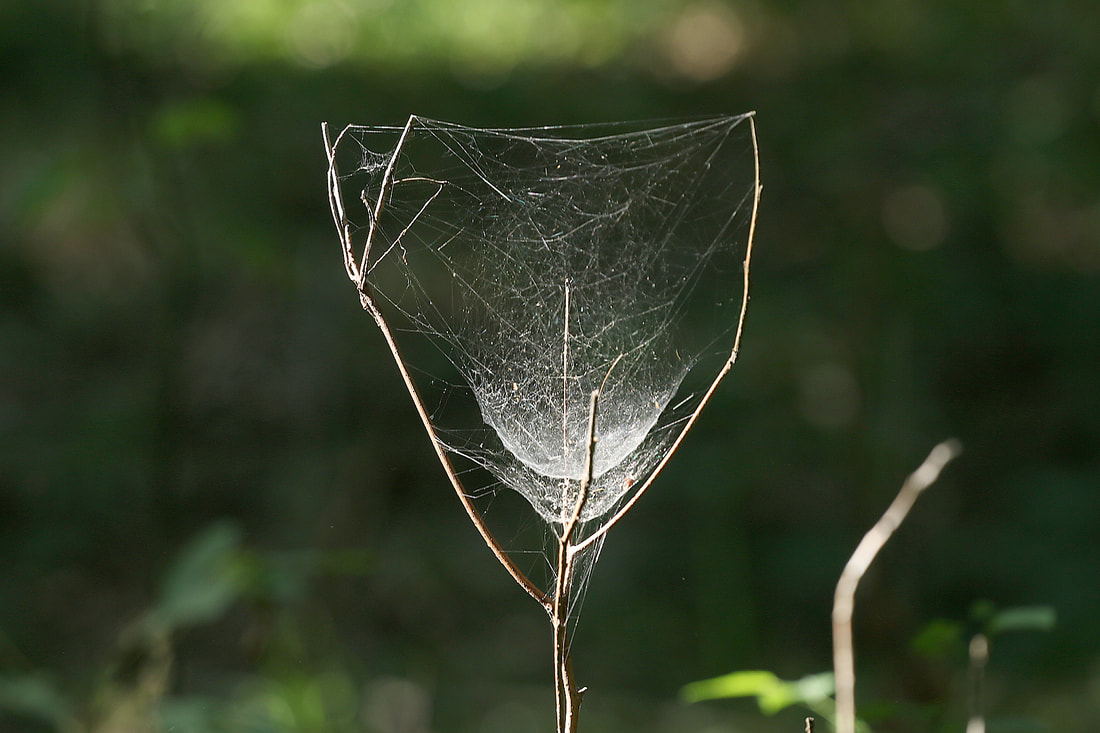

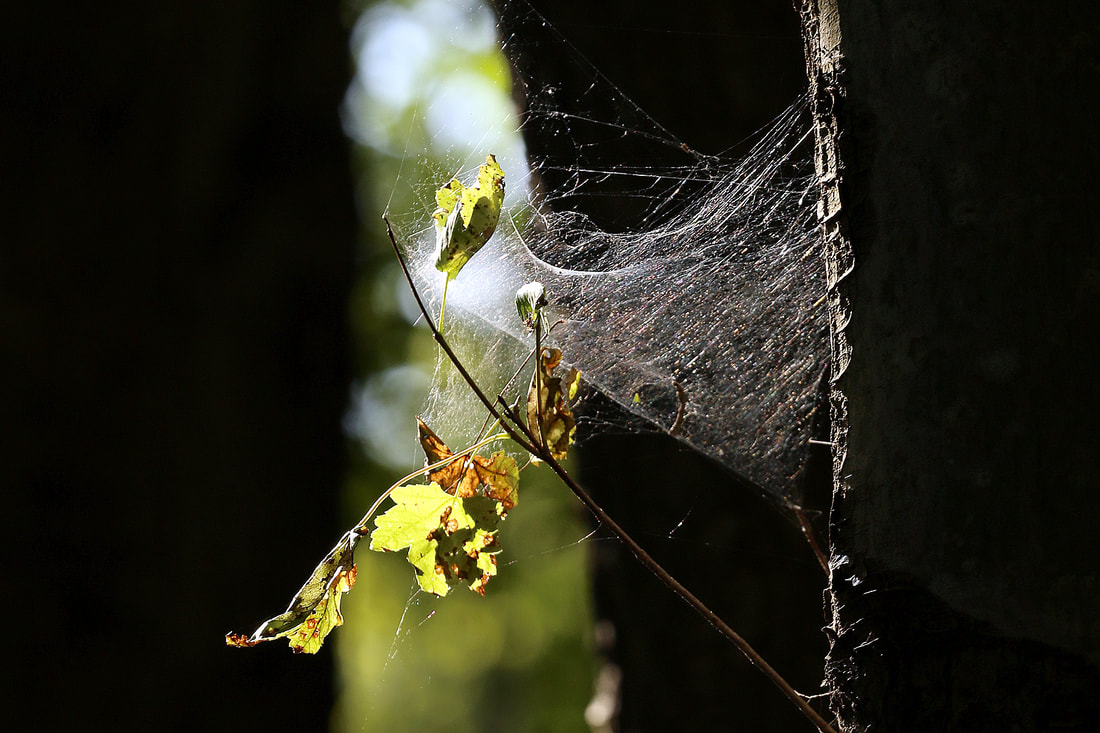
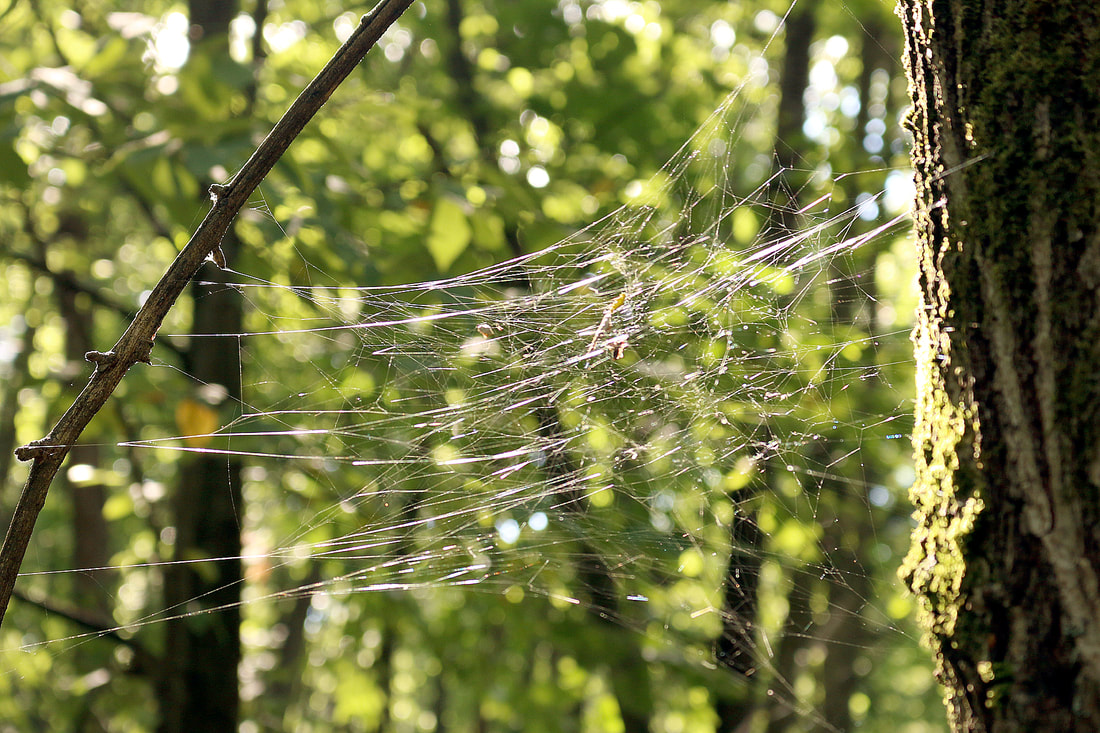
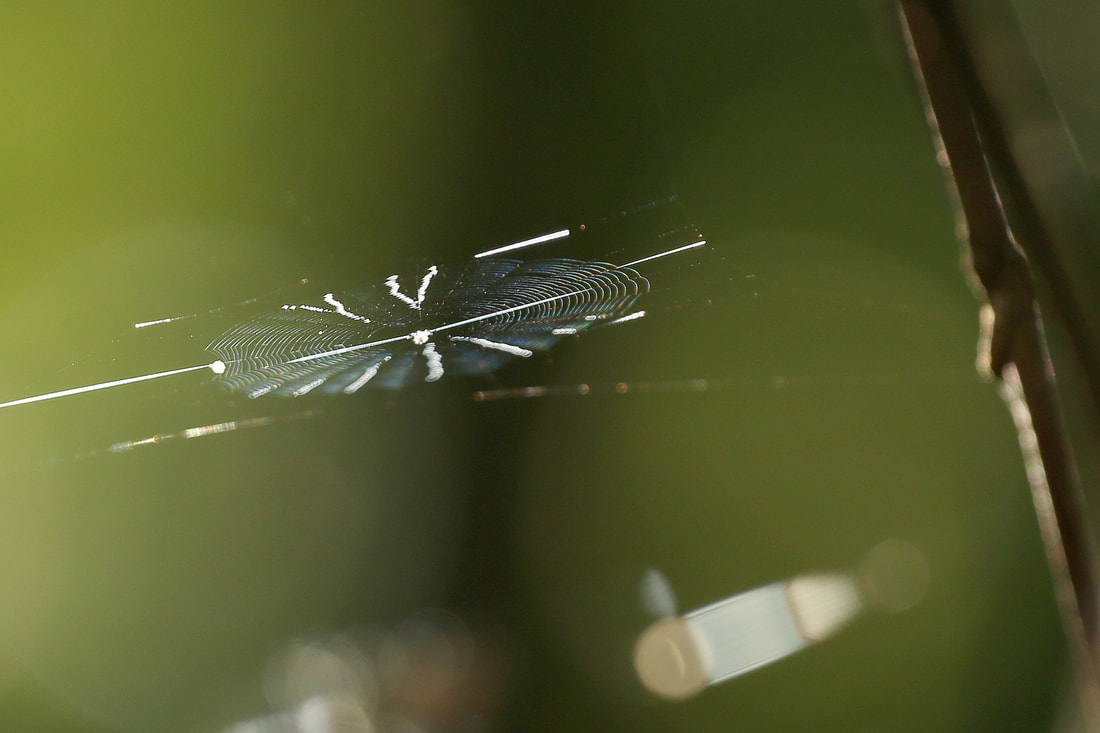
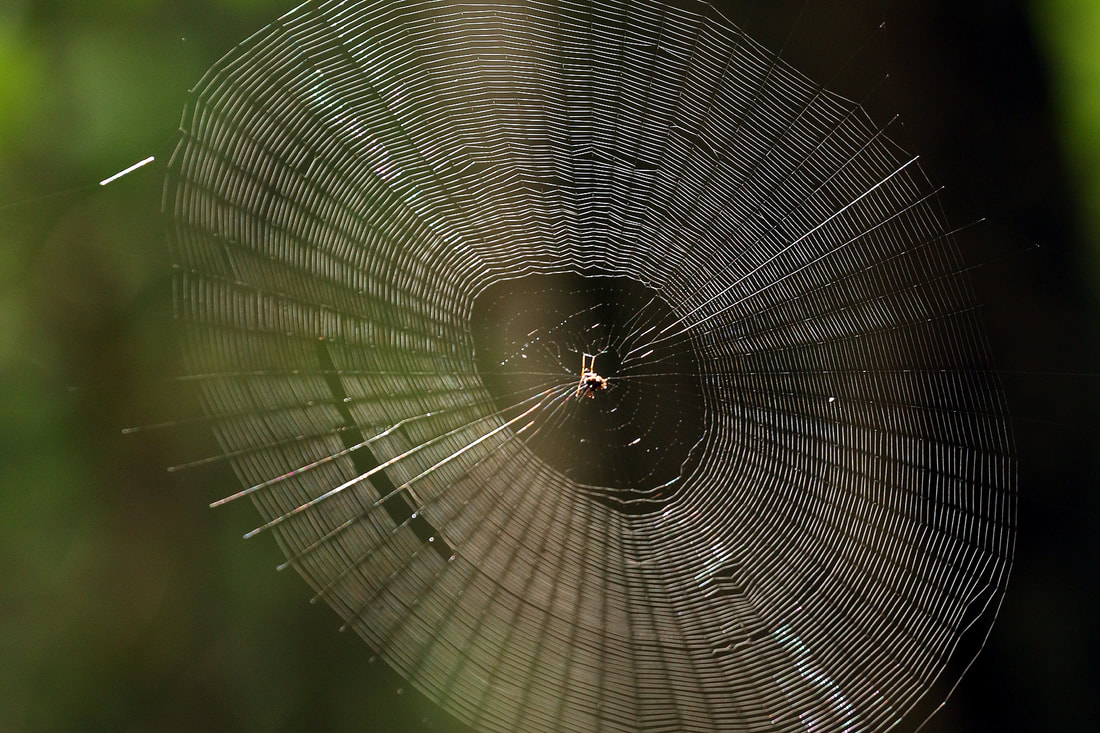
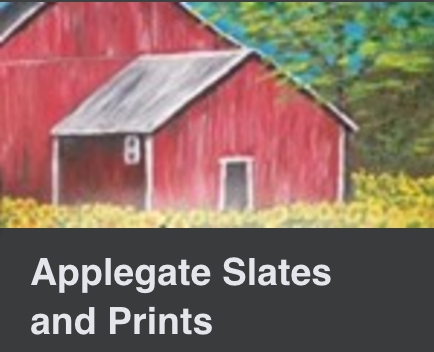



 RSS Feed
RSS Feed